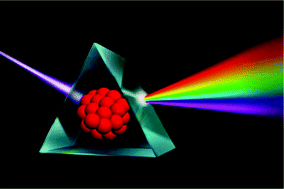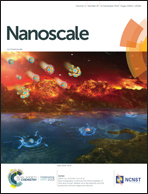An overview on the current understanding of the photophysical properties of metal nanoclusters and their potential applications
Abstract
Photophysics of atomically precise metal nanoclusters (MNCs) is an emerging area of research due to their potential applications in optoelectronics, photovoltaics, sensing, bio-imaging and catalysis. An overview of the recent advances in the photophysical properties of MNCs is presented in this review. To begin with, we illustrate general synthesis methodologies of MNCs using direct reduction, chemical etching, ligand exchange, metal exchange and intercluster reaction. Due to strong quantum confinement, the NCs possess unique electronic properties such as discrete optical absorption, intense photoluminescence (PL), molecular-like electron dynamics and non-linear optical behavior. Discussions have also been carried out to unveil the influence of the core size, nature of ligands, heteroatom doping, and surrounding environments on the optical absorption and photophysical properties of metal clusters. Recent findings reveal that the excited-state dynamics, nonlinear optical properties and aggregation induced emission of metal clusters offer exciting opportunities for potential applications. We discuss briefly about their versatile applications in optoelectronics, sensing, catalysis and bio-imaging. Finally, the future perspective of this research field is given.

- This article is part of the themed collections: Editor’s Choice: Single-atom and nanocluster catalysis and Recent Review Articles


 Please wait while we load your content...
Please wait while we load your content...